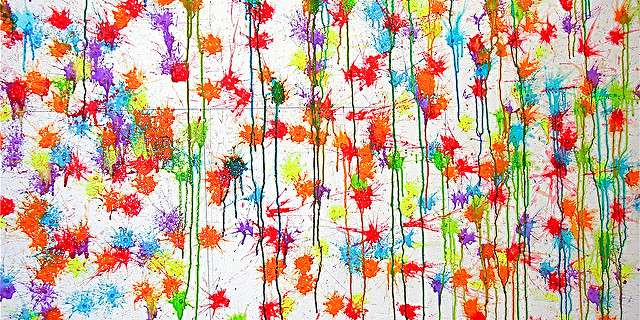あらゆる測定で安心を:経済回復力におけるハンターラボの役割
経済の先行きが不透明な時代、製造業はオペレーションの最適化、無駄の削減、製品の品質維持へのプレッシャーに直面しています。市場ダイナミクスの変化や予算の逼迫により、食品、プラスチックから化学、医薬品に至るまで、あらゆる業界の企業が効率性と一貫性を実現する革新的なソリューションを求めています。ハンターラボの色分光光度計は、最も予測不可能な環境においても、色の品質とコンプライアンスを維持するために必要な安定性、スピード、信頼性を提供し、強力なアドバンテージを提供します。
客観的色彩測定の価値
色の一貫性は単なる美的選択ではなく、品質、安全性、ブランドの信頼性を示す指標です。食品製造のような分野では、色の逸脱は腐敗や配合の不一致を示すことがあります。化学業界では、わずかな黄色味は汚染や劣化を示し、性能や規制遵守を損なう可能性があります。

HunterLab's advanced spectrophotometers—such as the ColorFlex L2, the smartest 45º/0º color spectrophotometer in the world for opaque and translucent powders, granules, and paste, Aeros for non-contact measurements, or the Vista for liquid color analysis—replace subjective visual assessments with precise, repeatable data. This shift eliminates variability, improves quality control, and reduces waste caused by rework or rejected batches.
精密さによる経済効率
景気後退期には、作業効率の悪さがより大きなコストとなります。HunterLabの機器は、製造業者が早期に、多くの場合、材料が本格的な生産に入る前に、色の偏差を特定し、修正するのに役立ちます。この早期発見により、スクラップが減少し、エネルギーが節約され、原材料や再処理のコストが最小限に抑えられます。
原材料の受け入れから最終製品のQAまで、主要なチェックポイントにHunterLabテクノロジーを導入することで、メーカーはリアルタイムのフィードバックと即時の調整能力を得ることができます。HunterLab分光光度計のEssentialsユーザーインターフェースは、シームレスなQAプロセスを可能にし、より良い意思決定のための直感的なコントロールと包括的なデータトラッキングを提供します。








